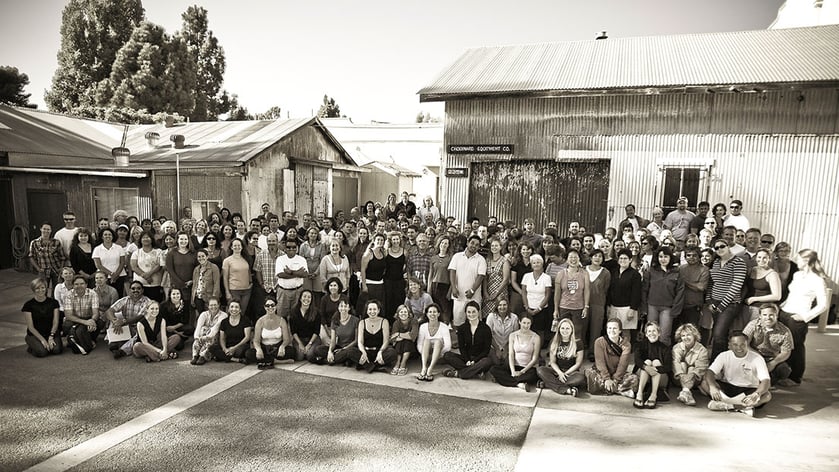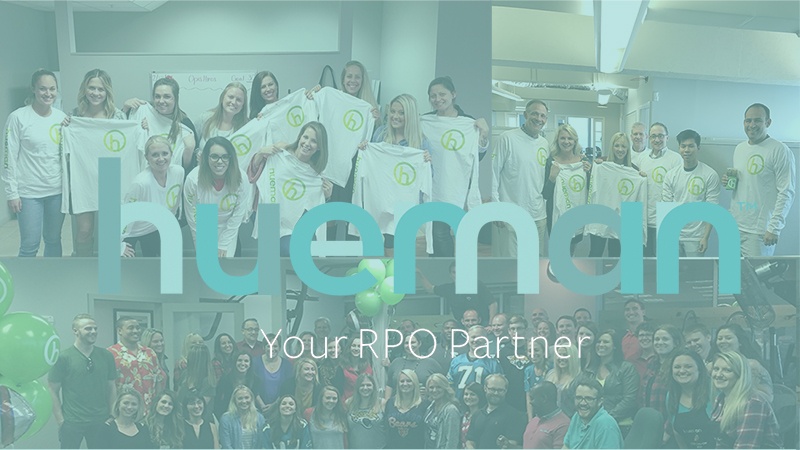
Hiring is the bread and butter of creating a company that is able to fire on all cylinders. Talent is the foundation of an effective business, and you want the best talent available for the job. But where do you begin if you’re an upstart company just getting its feet off the ground? Or more importantly, how do you reach out to the talent you need if they’re already taken - the passive candidate base? The answer lies in building your corporate culture.
If you need a greater understanding of the importance of culture on your business, look no further than Uber. The ubiquitous transportation company has been laid low by a series of controversies, including allegations of discrimination, poor leadership, and unfair treatment of its drivers. An accusation of sexual harassment by a former employee triggered an independent investigation into Uber’s culture and practices by former Attorney General Eric Holder and Tammy Albarrán of Covington.
The recommendations of this investigation included better controls over spending, HR, and other areas lacking in standardized oversight, all of which were accepted by Uber management. Of course, their PR nightmare will remain – Uber CEO Travis Kalanick has since resigned in response to increasing pressure from shareholders.
While it is possible for a healthy culture to emerge from the natural course of business, an effective culture that encourages employees to grow requires planning, according to Sarah Palmer, Vice President of Marketing at Hueman, a recruiting process outsourcing (RPO) provider in Jacksonville Beach, FL. In an RPOA Leadership Forum webinar Culture Fit Disrupted, Hueman CEO Dwight Cooper draws on his personal experience in building a 13-time Best Workplace and a Most Engaged company culture to describe how culture and branding play a crucial role in hiring top-level talent.
The path to defining your business brand can be broken down into three steps, explains Palmer. While each step on its own is straightforward, the interplay between each step is crucial to establishing a brand that works for your company and allows you to hire to that mindset.
Step One: Defining Your Core Ideology
When devising your brand, it pays to ask yourself: “what do I want my company to represent? When people hear our name, what should they be thinking?” The answer to these questions will form the foundation of your ideology.
You ultimately want to break down your core ideology into two ideas: your promise, and your purpose, says Palmer. Your company’s promise is just that – the promise you make to employees and to your consumers as a business. You might think of these as company slogans – Coca-Cola’s brand promise for example is “to refresh the world in mind, body, and spirit, and inspire moments of optimism; to create value and make a difference.” This promise continues to evolve and guide the company’s efforts internally and externally.
Sometimes these promises are more aimed at the consumer. Coors Light makes the claim that its beverage is “The World’s Most Refreshing Beer.” A far cry from a promise to change the world, but one that still speaks to the overall culture of the company.
Your company purpose is the “why” behind your company. At the end of the day, what is the core purpose of your company? Why do you create your particular product? Is it to inspire and “refresh” like Coca-Cola? Or is it to “build the best product, cause no unnecessary harm, use business to inspire and implement solutions to the environmental crisis” - like the mission statement of eco-friendly clothing company, Patagonia.

Image source: Patagonia
Step Two: Developing Your Mission Statement
Once you have an idea of the core ideology of your company, you want to articulate that ideology in a mission statement, says Palmer. A clear and concise mission statement wraps up your goals regarding culture and purpose, and presents the opportunity to continually push all employees to think and work in ways that support that mission. Hueman’s own mission statement focuses on people – an important distinction when working in recruitment:
We stand for people.
We build relationships with people, not companies.
We build culture around people, not things.
We connect people: the right person with the right position, for the right company – at the right time.
Creating a great experience always starts with treating people right.
We stand for people.
We are Hueman.
This mission statement lets employees know nearly everything they need to know about working for Hueman, both in terms of the work performed, as well as its focus on the importance of the individual. Creating your own mission statement can serve as a reminder of your cultural focus and allow continued discussion on the evolution of the culture, and thus, the company.
Step Three: Defining Your Core Values
To finish defining your brand, you want to extract from your core ideology and mission statement a set of core values, Palmer explains. A set of core values serves as a mantra for all employees, one that helps solidify the core ideology and mission statement into actionable guidelines. Take Hueman’s core values for example:
- Change: Change is an essential component of our success.
- Excellence: We are never satisfied and take pride in high standards.
- Service: We provide world-class service.
- Trust: We display honesty, integrity, and ethics in all aspects of business.
- Teamwork: We actively participate in our culture.
These values paint a clear picture of how the company aims to operate, with these values applicable to every level, across all employees.
With all three steps complete, your company should have a much clearer definition of its brand, ranging from the widest view of purpose, all the way down to how employees conduct themselves. With a roadmap in hand, you’ll find hiring employees that have the qualities you desire for your company much more manageable.
Download eBook: Culture Fit Disrupted
Learn how recruiting for culture fit affects business performance, and how to make the business case for it.















